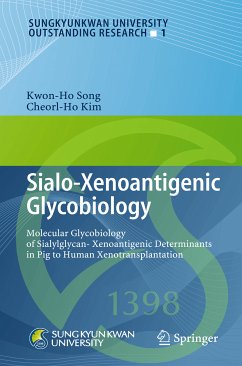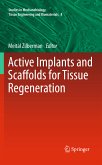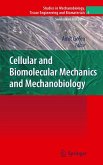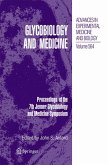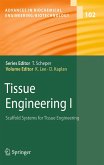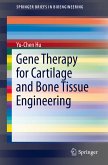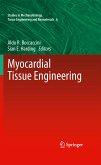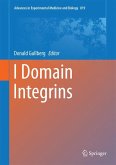Carbohydrate antigens on glycoconjugates of mammalian cells play crucial roles in various biological processes and are epitopes recognized by the immune system, as glycobiology has hugely been progressed during the past two decades. The book focuses on sialic acid-based xenoantigenes. In pig to human xenotransplantation, exposure of pig organs to human blood results in hyper acute rejection (HAR), caused by differences in carbohydrate epitopes between human and pig vascular endothelia. Although Gal-antigen as major antigen was eliminated, the remaining non-Gal antigens are considered to be xenoantigens. Sialosyl-Tn or Hanganutziu-Deicher (HD), are non-Gal antigens specific to natural antibodies in human. To overcome rejection responses such as HAR, studies of genes involved in carbohydrate antigens, causing xenoantigenicity, are necessary. Knowledge of pig glycosyltransferases are also useful to apply to xenoantigen masking or identification of the xenoantigenic sialylglycan(s). In the first chapter the screening for pig glycosyltransferase genes for xenoantigens is presented. In the chapter II to IV the cloning, characterization, and investigation of the regulatory mechanism of the pig CMAH gene in NeuGc biosynthesis is shown. Lastly, the effects of an alteration of pig glycosylation patterns on human serum-mediated cytotoxicity, caused by human sialyltransferases including hST6GalNAc IV is presented.
Dieser Download kann aus rechtlichen Gründen nur mit Rechnungsadresse in A, B, BG, CY, CZ, D, DK, EW, E, FIN, F, GR, HR, H, IRL, I, LT, L, LR, M, NL, PL, P, R, S, SLO, SK ausgeliefert werden.

